Health, as you know, you can’t buy, but to lose it, on the contrary, can be quite easy, including in the workplace. There are many industries and professions, contact with which is fraught with adverse consequences for the body up to complete disability. And what does the law say in this regard?
Articles 21 and 22 of the Labor Code of the Russian Federation guarantee the employee and the employer the exercise of their rights in the manufacturing sector. One of the most important is the right to a workplace that meets all regulatory safety requirements and labor protection and objective information about him, his features and conditions.
What the law says
The Federal Law “On Special Assessment of Working Conditions”, adopted on December 28, 2013 (No. 426-FZ), is called upon to help realize this right. This law entered into force on 01.01.2014
The employer, according to him, is obliged to create safety and working conditions for each employee in accordance with state standards. This rule is legally established for all individuals and legal entities engaged in any type of activity.
He, the employer, is charged with the obligation not only to inform subordinates about what awaits them at the workplace and the available health risk factors, but also to organize such an event as a special assessment of working conditions. Federal Law No. 426 (namely, its Article 4) requires him to organize, finance and conduct such an assessment. And, most importantly, a review and improvement of the identified adverse data.
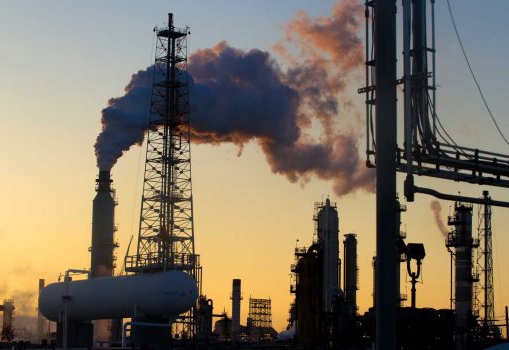
Where and when is it needed
A special assessment of working conditions does not apply to all categories of workers. It is not required for those who earn their living at home, remotely and for hire from individuals (not private entrepreneurs).
The order of its implementation is almost the same as the usual job certification and should be issued in the final report on the results. It should contain: a complete list of them listing dangerous and harmful factors production for everyone, information about which of the classes or subclasses includes established working conditions on the ground, test reports, assessment of safety measures and the effectiveness of protective equipment, planned measures to improve working conditions together with an expert opinion.
What is the difference between this assessment and the usual procedure for everyone called certification of working conditions of workplaces? In this case, a new component has been introduced, which consists in identifying those production factors that may be potentially dangerous or harmful, and comparing them with the actual conditions of the labor process.
Who is conducting it
This identification is carried out by an expert organization having the right to conduct an assessment of working conditions. Its final results are approved by a special commission consisting of a body selected by employees and representatives of the employer.
If no harmful and dangerous factors are found, the employer has the right to file a declaration of conformity of the working conditions at the enterprise with the accepted regulatory requirements. It is submitted to the territorial office of the labor inspectorate.
Such a declaration has a five-year term. If during this time no occupational diseases and accidents have occurred at any of the workplaces, it will automatically be extended for the same time. If this condition is violated, its effect ends, and these jobs must be re-evaluated again outside the plan.
General rule: the results of certification conducted before 01/01/2014 are considered valid 5 years from the date of completion. Special appraisal is not required during this period.
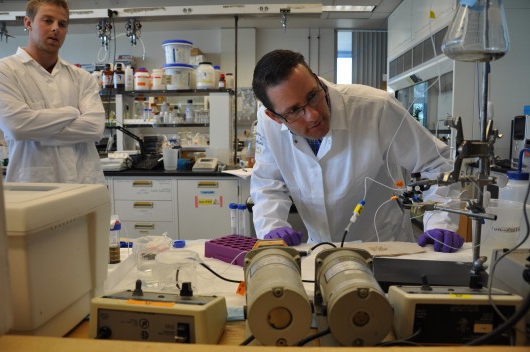
Who is eligible for such activities
A special assessment of working conditions is carried out by a commission with an odd number of members according to a pre-approved schedule. It consists of representatives of the employer (necessarily with the participation of a labor protection specialist) and members of the trade union organization. Together with the employer, the assessment work is carried out by special organizations engaged under a civil law contract, the requirements for which are determined by article 19 of the Federal Law on working conditions.
One of the conditions for such organizations is the indication in its charter as the main activity (or one of its types) of conducting special assessments of working conditions.
The organization should have several experts (at least 5) with a certificate of the right to conduct work on such an assessment. At least one of them must have a higher medical education in occupational health, general hygiene or sanitary laboratory research.
Methodology
According to the order of the Ministry of Labor of Russia No. 33n, issued on January 24, 2014, a special assessment of working conditions must be carried out every five years. This document regulates its mechanism in detail and contains the methodology (Appendix No. 1), the classifier of dangerous and harmful factors of production (Appendix No. 2), the final report form (Appendix No. 3) and the instructions for filling out this form (Appendix No. 4).
This Methodology defines the requirements for the procedures planned as part of the assessment process:
- Identification of production factors with potential harm or danger.
- Research, measurement, testing of their values.
- Classification of factors of activity at each place according to the level of danger or harmfulness according to the results of these studies, certification of workers according to working conditions.
- Documentary recording of results.
Experts identify "bad" factors in stages, examining the materials and documents provided by the employer. They are recognized as dangerous or harmful if their definition coincides with the provided classifier. The test procedure is prescribed in the Methodology of January 24, 2014 (Chapter III).
If such a discrepancy is not found, in conclusion, the experts record the absence of "harmful" in the workplace. Then the working conditions at this section of the commission admits admissible.
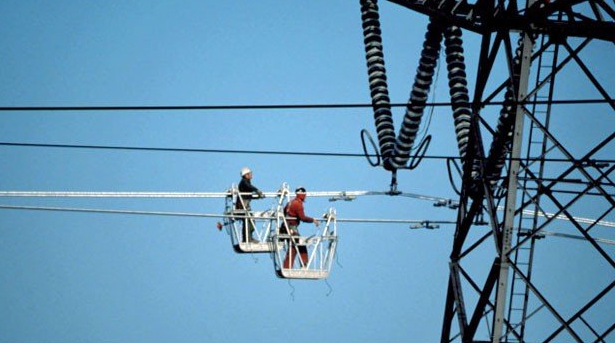
What factors are subject to assessment?
The list of factors to be measured and tested is formed in accordance with labor protection standards, the features of existing equipment, the working process technology, the raw materials used, the results of previous studies and the wishes of workers.
As a rule, the initial identification of jobs with special working conditions. Those occupying them are entitled to an early retirement pension or compensation "for harm".
Examine the actual values of such factors identified in a regulated manner (Chapter II of the Methodology). This is done by a testing laboratory or accredited center. The methods used must comply with the law on the observance of the uniformity of measurements and appropriate means.
These means used must be consistent with state metrological requirements for the uniformity of measurements, including in terms of accuracy. The results are recorded in the form of a protocol for each factor separately.
The Commission has the right to conclude that research is not feasible if a threat to the life of experts or workers is created during the verification process. Such conditions are considered to belong to the hazard class and are not subject to measurement.
Classes of working conditions
As a result of the research performed by experts, the workplace receives a class (subclass) of the degree of harmfulness (danger).“Give” it, depending on the deviation of the actual value of each harmful factor from the normative, as well as the duration of its impact on the employee during a shift or work day.
All hazards of this kind belong to one of four types - chemical, physical, biological and psychophysiological. Guidelines R 2.2.2006-05 subdivide working conditions into dangerous, harmful, permissible and optimal. The classification is carried out, including, taking into account the future possible adverse effects on the health and offspring of workers.
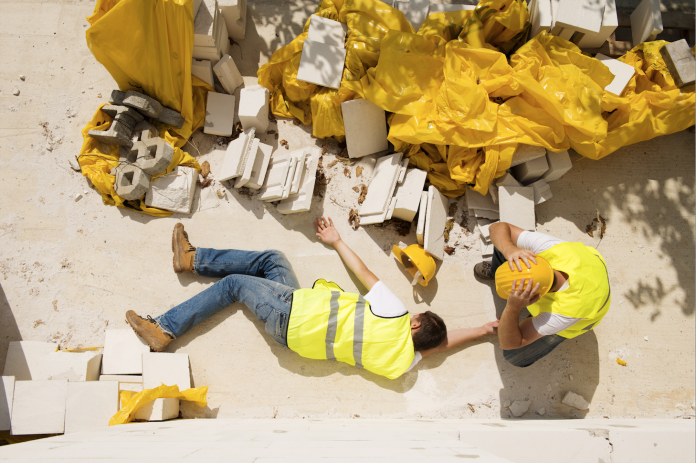
Let us consider in more detail the available classes of working conditions.
Grade 1 (with optimal working conditions) includes those of which harmful factors are either absent or within the existing standards. In such places, there are prerequisites for maintaining health and maintaining the working ability of workers.
Grade 2 (with acceptable conditions) includes those conditions under which adverse factors affecting the day (shift) in terms of influence do not go beyond the norm, and changes in the physiological and functional state of the employee are eliminated during the normalized rest. Such an opportunity to regularly restore strength and well-being prevents future health problems and offspring. Grade 2 is considered conditionally safe.
Grade 3 - harmful working conditions, on the person’s work in which the level of influence of "negative", which exceeds the norm, affects. Work in them adversely affects health and future offspring.
... and subclasses
In excess of hygiene standards and the severity of adverse health changes, harmful working conditions are 4 subclasses.
In subclass 3.1 (1 degree of harmfulness), adverse factors were discovered, changes in the state of the body after exposure to which take place over a period longer than before the start of a new working day (shift), and the risk of harm to health is increased.
Subclass 3.2 (grade 2) - under these working conditions, exposure to constant production factors can lead to persistent changes in the functions of the body, the consequence of which is the development of mild and initial forms of various diseases (we don’t talk about the loss of professional working capacity) that take place after prolonged exposure (from 15 years).
Under the conditions of subclass 3.3 (conditions of degree 3), the level of influence of these factors leads to persistent functional changes in health, occupational diseases having a degree of severity from mild to moderate, disability during the period of professional activity.
The most “difficult” subclass 3.4 (grade 4) is considered to be one in which the level of adverse factors leads to severe forms of occupational diseases, accompanied by the loss of general disability already during the period of this labor activity.
Class 4 (hazardous conditions) includes those whose exposure level poses a direct threat to human life, and their consequences are the risk of an acute illness of a professional nature during work.

What the state guarantees us
The legislation prohibits work in extreme or dangerous conditions, except for the liquidation of accidents and the implementation of emergency measures to prevent them, which must certainly be of limited duration and with the use of protective equipment.
Thus, now a special assessment of working conditions is becoming the main tool for providing employees with various compensations and guarantees. Article 15 of the Federal Law No. 421 establishes measures for their implementation. This should include shortening the working day, and additional leave, and increased pay for labor. The size of payments cannot be reduced, and the conditions for such measures should not deteriorate.
Now let us consider in more detail how exactly a special assessment of working conditions takes place.
How it's done
As already mentioned, the responsibility of its financing and organization is assigned to the employer. If his status is a small business entity, then such individual entrepreneur is personally included in the verification commission.
Before verification, the commission draws up a list of jobs to be verified with the identification of similar ones. These are considered to be places located in the same or of the same type of premises (work areas) and equipped with the same lighting, ventilation, air conditioning, heating systems. That is, those whose conditions and labor protection are identical. Representatives of the same profession work for them, occupy equivalent positions, have coincident work functions and a labor regime. Technological processes in such places also do not differ from each other, the same devices, tools, raw materials and materials, as well as protective equipment are used.
In the process of identifying production factors, items of equipment used in the work, raw materials, data of preliminary (during employment) and periodic medical examinations, offers and wishes of the employees themselves are taken into account.
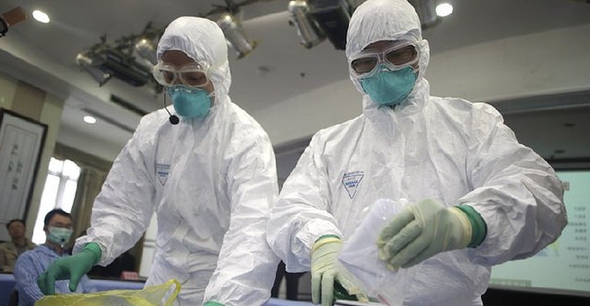
What needs to be estimated?
What exactly factors are meant when it comes to evaluation? They are also divided into:
- Physical nature (aerosols, noise, infra- and ultrasound, vibration, which can be local or general and various radiation. Those, in turn, are non-ionizing and ionizing. The first include magnetic and electric fields having an industrial frequency (equal to 50 Hertz), electrostatic field, optical fields (ultraviolet and laser radiation) and radio frequency ranges, etc. The characteristics of the industrial microclimate (relative humidity and air temperature, its speed izheniya, the presence of infrared radiation, as well as the conditions of illumination of the working surface.
- Chemical nature (these are mixtures and chemicals that are in the air zone of the working space, on the skin of people). Among them may be antibiotics, hormones, various enzymes of chemical origin.
- Biological nature - pathogenic microorganisms leading to infectious diseases, live spores and cells of bacterial preparations, producing microorganisms.
Factors and working conditions to be assessed are as follows:
- the severity of the workflow, i.e., the parameters of the physical load on the functional systems and musculoskeletal system of a person;
- its tension is the magnitude of the sensory load on the senses and the central nervous system.
Measured values
Thus, a test laboratory or center measures:
- air temperature and its relative humidity, speed;
- exposure dose values and infrared radiation intensity;
- intensity values of variables of magnetic and electric fields of industrial frequency; as well as electromagnetic radiation having a radio frequency range, electrostatic and constant magnetic field;
- the intensity of ultraviolet radiation with a range of 200-400 nanometers;
- energy illumination of the ultraviolet wave ranges, exposure to laser radiation;
- doses present, neutron, x-ray and gamma radiation; radioactive contamination of premises and equipment;
- sound levels (including infra- and ultrasound), illumination, general and local vibration;
- concentration of chemical and biological substances and their mixtures (as well as aerosols) in the air and on the skin.
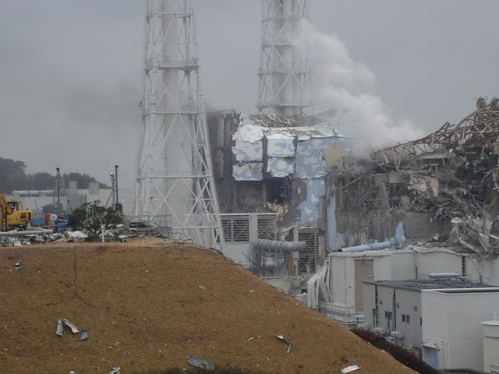
Other working conditions for workers
Studying the labor process, determine the degree of its severity and tension. The factors of the first group include the mass and path length of the transported loads, the required muscle efforts, the number of body tilts and their angle during the shift, the number of stereotyped movements and the time of holding the load.
Tension is expressed in the degree of dispatch of production, the density of sound and light signals during transport control, the duration of concentration during observation, the amount of information per unit time and the number of simultaneous objects of active observation, as well as the time of such observation and the load on the auditory analyzer.
It is also associated with conveyor processes (the duration of a single operation, the number of techniques necessary for it), loads on the voice apparatus, work with optics and other biological factors.
What exactly does the evaluation report contain?
In addition to information about the organization conducting the assessment, with copies of all the required documents and a list of the surveyed workplaces attached, assessment cards with information about the classes of working conditions at each specific place, the minutes of all studies, a summary sheet of the assessment, a list of measures that require optimization and improvement are entered there. labor in proven places, the final expert opinion.
The report must be signed by the full membership of the commission and approved by its chairman. It is incumbent on the employer to familiarize employees with the report data on signature within thirty days, not counting holidays, periods of disability due to illness or business trips.
According to the requirements of the legislation of the Russian Federation, the same data must be posted by him on the Internet if he has his own website at the same time.
Features of the assessment of individual jobs
If there are similar jobs, they estimate 20 percent of their number (but not less than two such jobs), the results apply to all such jobs, they fill out one card and work out the same list of measures to improve working conditions.
A special assessment of the working conditions of those places where work areas vary geographically (they are only part of the workplace where workers perform similar technological operations) is carried out with the definition of typical actions and the associated harmful factors. The time taken to complete these actions is established by local regulatory acts, timing and direct interviewing of employees and managers.
If at least one workplace that does not fit the definition of a similar one is identified, all previously recognized similar places are evaluated.
When is an unscheduled assessment
This happens in cases when new places are commissioned, the instructions of the state labor inspector in connection with found violations of labor law, changes in the composition of production equipment or the technological process.
Another reason to start an unscheduled assessment is the new composition of the raw materials used, protective equipment (both individual and collective), as well as any other change in working conditions.
A compulsory reason for its conduct is an accident at the workplace (except for the fault of third parties) or a discovered occupational disease. Another is the motivated proposals of the trade union bodies.








